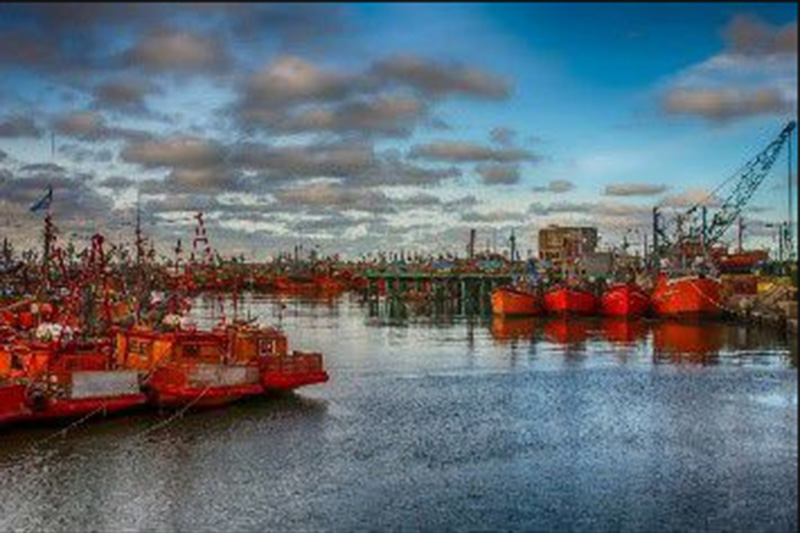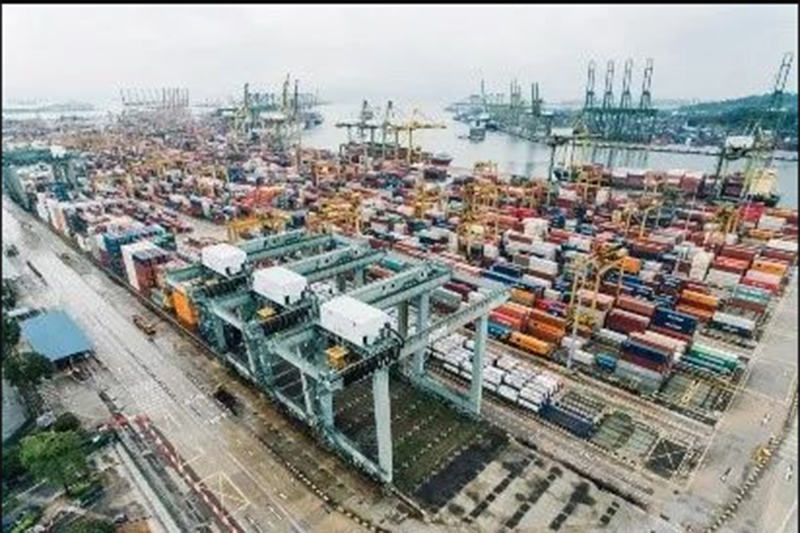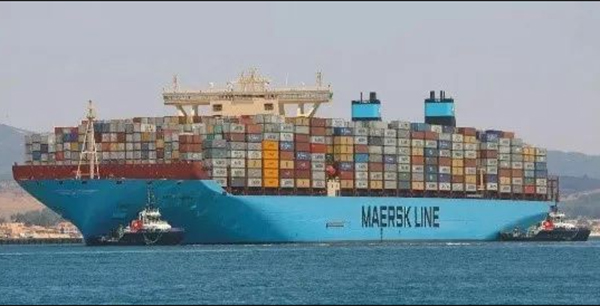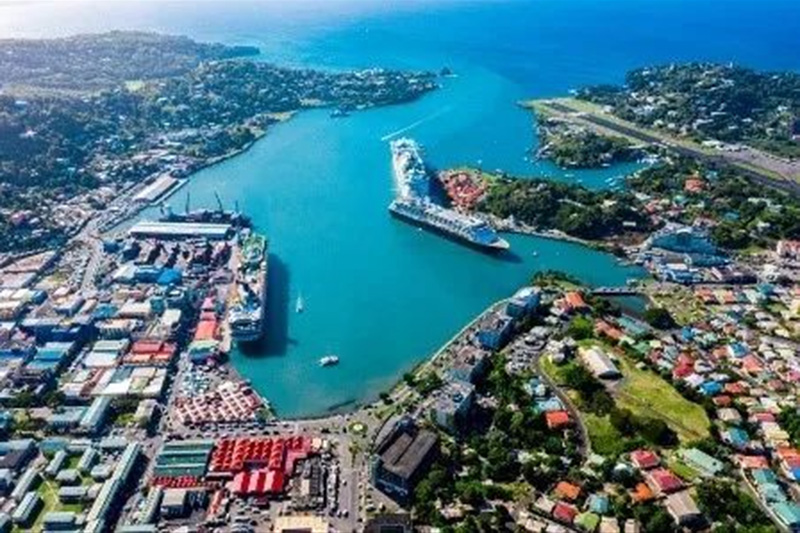Affected by COVID-19, from the second half of 2020, the international logistics market has seen massive price rise, explosion and lack of cabinets. China's export container freight rate composite index climbed to 1658.58 at the end of December last year, a new high in recent 12 years. In March last year, the Suez Canal's "century ship jam" incident intensified the shortage of transportation capacity, set a new high in the price of centralized transportation, affected the global economy, and the international logistics industry was successfully out of the circle.

In addition to the impact of policy changes and geographical conflicts in various countries, international logistics and supply chain have become the focus of attention in the industry in recent two years. "Congestion, high price, lack of containers and space" was the key entry of shipping last year. Although various parties have also tried to make various adjustments, the international logistics characteristics such as "high price and congestion" in 2022 still affect the development of the international community.

On the whole, the global supply chain dilemma caused by the epidemic will involve all walks of life, and the international logistics industry is no exception. It will continue to face high fluctuations in freight rates and adjustment of transport capacity structure. In this complex environment, foreign traders should master the development trend of international logistics, strive to solve current problems and find a new direction of development.
Development trend of international logistics
Due to the influence of internal and external factors, the development trend of international logistics industry is mainly reflected in "the contradiction between supply and demand of transportation capacity still exists", "the surge of industry mergers and acquisitions", "the continuous growth of investment in emerging technologies" and "the accelerated development of green logistics".
1. The contradiction between supply and demand of transport capacity still exists
The contradiction between supply and demand of transport capacity has always been a problem in the international logistics industry, which has deepened in the past two years. The outbreak of the epidemic has become a fuel for the intensification of the contradiction between transport capacity and the tension between supply and demand, which makes the distribution, transportation, storage and other links of international logistics unable to be connected in a timely and efficient manner. The epidemic prevention policies implemented by various countries successively, as well as the impact of the rebound of the situation and the increase of inflationary pressure, and the degree of economic recovery of various countries are different, resulting in the concentration of global transport capacity in some lines and ports, and it is difficult for ships and personnel to meet the market demand. The shortage of containers, spaces, people, soaring freight rates and congestion have become a headache for logistics people.
For logistics people, since the second half of last year, the epidemic control policies of many countries have been relaxed, the adjustment of supply chain structure has been accelerated, and the problems such as freight rate increase and congestion have been alleviated to some extent, which gives them hope again. In 2022, a series of economic recovery measures taken by many countries around the world have alleviated the pressure of international logistics.

However, the contradiction between supply and demand of transportation capacity caused by the structural dislocation between transportation capacity allocation and actual demand will continue to exist this year based on the fact that the correction of transportation capacity mismatch cannot be completed in the short term.
2. Industry mergers and acquisitions are surging
In the past two years, mergers and acquisitions in the international logistics industry have been greatly accelerated. Small enterprises continue to integrate, and large enterprises and giants choose the opportunity to acquire, such as easystent group's acquisition of goblin logistics group, Maersk's acquisition of Portuguese e-commerce logistics enterprise Huub, and so on. Logistics resources continue to move closer to the head.
The acceleration of M & A among international logistics enterprises, on the one hand, stems from the potential uncertainty and practical pressure, and the industry M & a event is almost inevitable; On the other hand, because some enterprises are actively preparing for listing, they need to expand their product lines, optimize their service capabilities, enhance market competitiveness and improve the stability of logistics services. At the same time, due to the supply chain crisis caused by the epidemic, facing the serious contradiction between supply and demand and the global logistics out of control, enterprises need to build an independent and controllable supply chain. In addition, the sharp increase in profits of global shipping enterprises in the past two years has also increased confidence for enterprises to initiate M & A.
After two years of M & a war, this year's M & A in the international logistics industry will focus more on the vertical integration of upstream and downstream to improve the impact resistance. For the international logistics industry, the positive will of enterprises, sufficient capital and realistic demands will make M & A integration a key word for the development of the industry this year.
3. Investment in emerging technologies continued to grow
Affected by the epidemic, the problems of international logistics enterprises in business development, customer maintenance, human cost, capital turnover and so on have become increasingly prominent. Therefore, some small, medium-sized and micro international logistics enterprises began to seek change, such as reducing costs and realizing transformation with the help of digital technology, or cooperating with industry giants and international logistics platform enterprises, so as to obtain better business empowerment. Digital technologies such as e-commerce, Internet of things, cloud computing, big data, blockchain, 5g and artificial intelligence provide the possibility to break through these difficulties.
The upsurge of investment and financing in the field of international logistics digitization is also emerging. After the development in recent years, the international logistics digital enterprises at the head of the subdivided track have been sought after, the large amount of financing in the industry has been emerging, and the capital has gradually gathered to the head. For example, flexport, born in Silicon Valley, has a total financing of US $1.3 billion in less than five years. In addition, due to the acceleration of M & A and integration in the international logistics industry, the application of emerging technologies has become one of the main ways for enterprises to build and maintain their core competitiveness. Therefore, the application of new technologies in the industry may continue to grow in 2022.
4. Accelerate the development of green logistics

In recent years, the global climate has changed significantly and extreme weather has occurred frequently. Since 1950, the causes of global climate change mainly come from human activities such as greenhouse gas emissions, of which the impact of CO ν accounts for about two-thirds. In order to cope with climate change and protect the environment, governments of various countries have actively carried out work and formed a series of important agreements represented by the Paris Agreement.
As a strategic, basic and leading industry of national economic development, logistics industry shoulders the important mission of energy conservation and carbon reduction. According to the report released by Roland Berger, the transportation and logistics industry is the "major contributor" of global carbon dioxide emissions, accounting for 21% of global carbon dioxide emissions. At present, the acceleration of green and low-carbon transformation has become the consensus of the logistics industry, and the "double carbon goal" has also become a hot topic in the industry.
Major economies around the world have continuously deepened key measures such as carbon pricing, carbon technology and energy structure adjustment around the "double carbon" strategy. For example, the Austrian government plans to achieve "carbon neutrality / net zero emission" in 2040; The Chinese government plans to achieve "carbon peak" in 2030 and "carbon neutrality / net zero emission" in 2060. Based on the efforts made by various countries in implementing the "double carbon" goal and the positive attitude of the United States to return to the Paris Agreement, the adaptive adjustment of the international logistics industry around the "double carbon" goal in recent two years will continue this year. Green logistics has become a new track of market competition, and the pace of reducing carbon emissions and promoting the development of green logistics in the industry will continue to accelerate.
In short, in the case of repeated epidemics, continuous emergencies and phased sluggish transportation logistics chain, the international logistics industry will continue to adjust its business layout and development direction according to the policies and guidelines of governments.
The contradiction between supply and demand of transport capacity, industry merger and integration, investment in emerging technologies and green development of logistics will have a certain impact on the development of international logistics industry. Opportunities and challenges will coexist in 2022.

Post time: Apr-08-2022
